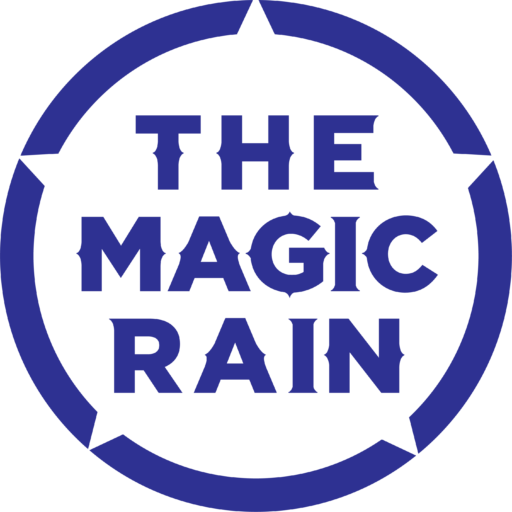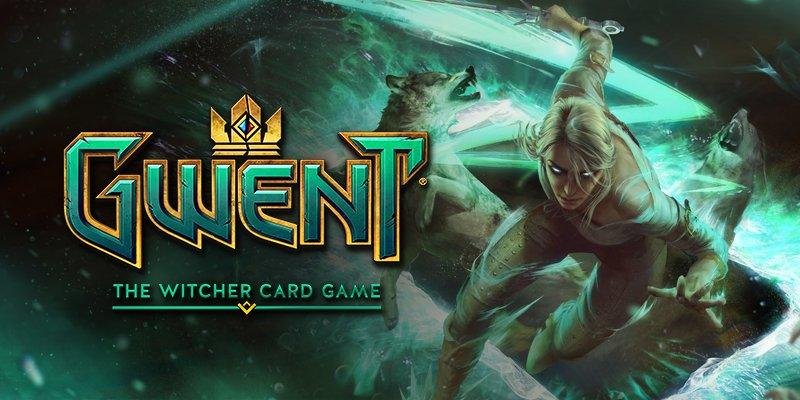Wondercon 2018 was held this past weekend at the Anaheim Convention Center. Organized by the same folks behind San Diego Comic Con International, Wondercon was full of informational and interesting panels. One particular panel, titled “Causeplay: A Hobby in Service to Others”, discussed the initiative of using cosplay as a form of contributing to the community.
Mark Chu-Lin (Avengers Initiative club president, event coordinator), Justine Senna (TV production student at Chapman University Dodge College and cosplayer), Victor Franco (software engineer and part of the R2-D2 builders’ club), Megan Motis (HealthBridge Children’s Hospital activities lead), and Jaime Serna (patient engagement coach and educator for Children’s Hospital of Orange County) discussed how cosplayers can serve their communities through their love of pop culture. They talked about their experiences and about how to get involved in service efforts.
Mark is the president of the Avengers Initiative (avengershq.com), a volunteer costuming group that frequents visits to children’s hospitals. It was founded to provide a collective identity for costuming fans with similar interests, and to put its resources to good use through fundraising, charity work, and volunteerism.
Megan Motis works for Healthbridge Children’s Hospital in Orange County and have worked with Mark and members of the Avengers Initiative during their visits to Healthbridge. When talking about the volunteer process at the facility, Megan states, “Safety is our number one concern with all of our patients and families staying with us.” A lot is put into planning a visit by outside groups into the facility.
“Mark was very professional in making sure I knew exactly who was going in, that they’ve had experience working with children, and one thing I was very impressed with was a list of what the volunteers can say or cannot say.” She adds. “So for example, some of our kids actually live with us; they don’t go home, they’re too medically complicated. One of the things I remember on the list was don’t say “I hope you’ll get better soon” because some of them won’t, and some will actually pass away with us.”
Megan was very impressed with the professionalism of the volunteers going in acting as the characters they were costuming as. When the volunteers go in, they have to sign a bunch of forms such as documents for compliance and HIPAA. She mentioned that everything about the patients is kept as private as possible.
“We have outside groups come in and we want to provide as much as we can for our patients and to forget why they’re there. Volunteers going in have to sign all these paperwork saying they cannot take video recordings, audio recordings, pictures of any sort, just because we gotta keep that information private. When we leave the hospital we can talk about stories of the patients but we cannot bring up their name, gender, diagnosis…all that stuff. All of that is kept very private and we work very hard with our community groups when they do come in so they can make sure all of our patients’ information is protected.”
From the perspective of how the hobby of droid building turned into a service to others, Victor said he really wanted to use his technical abilities to help people, and he found the perfect platform to do so – by building R2-D2s to bring to hospital visits. Victor was initially asked by a patient’s mother to visit. The patient was a huge Star Wars fan and the mother emailed him to see if there was any way he could visit. He connected with the Child Life Services Coordinator to find out the process of visiting a children’s hospital, and that was his first visit to Children’s Hospital of Orange County (CHOC). Since then he has made several other service visits and even done Make-A-Wish appearances with his R2-D2.
Cosplayer Justine who has had lots of experience doing service events commented that her family has always been very charitable giving back to the community. “My dad built an R2-D2 back in 2003 and I was going with him on hospital visits and charity events just as a handler for R2-D2 so I had some background in that already.
I started cosplaying – I think I’ve been doing it for about 10 years now – and I really wanted to find a way to give back to the community for my own stuff now instead of for my dad. [During my first event that I did], I got there in full costume, I didn’t know what I expected but I was pleasantly surprised. I went out there in full costume with the kids and there were a couple of other Star Wars people there so I got to hang out with them.
Really, it was just a joy to see the kids’ faces. Just the interaction with kids was something I wasn’t expecting; it was so heartwarming. They talk to you thinking that you’re the character and cosplaying Rey, that was a big deal for me because she’s such a strong female representation for little girls. I had a lot of little girls come up to me saying “Rey, you’re my favourite!” so that was really cute. Now doing it again after all these years, it’s always fun, you’re always meeting new people.”
Mark mentioned that the general idea is that they’re trying to attend to a general audience, trying to wear a commonly recognized outfit that they know. “In Victor’s case he has R2-D2 – kids know what that is. Justine is Rey from The Force Awakens till The Last Jedi and myself, I’ve done stuff like Stormtrooper, and the idea is to present an experience that families and patients can enjoy.”
The initiative of using a hobby to give back to the community and create a spark in someone’s life is incredibly admirable. Do you think a similar initiative could be carried out in Malaysia with local cosplayers and Malaysians facilities? Let us know your thoughts in the comments below!












